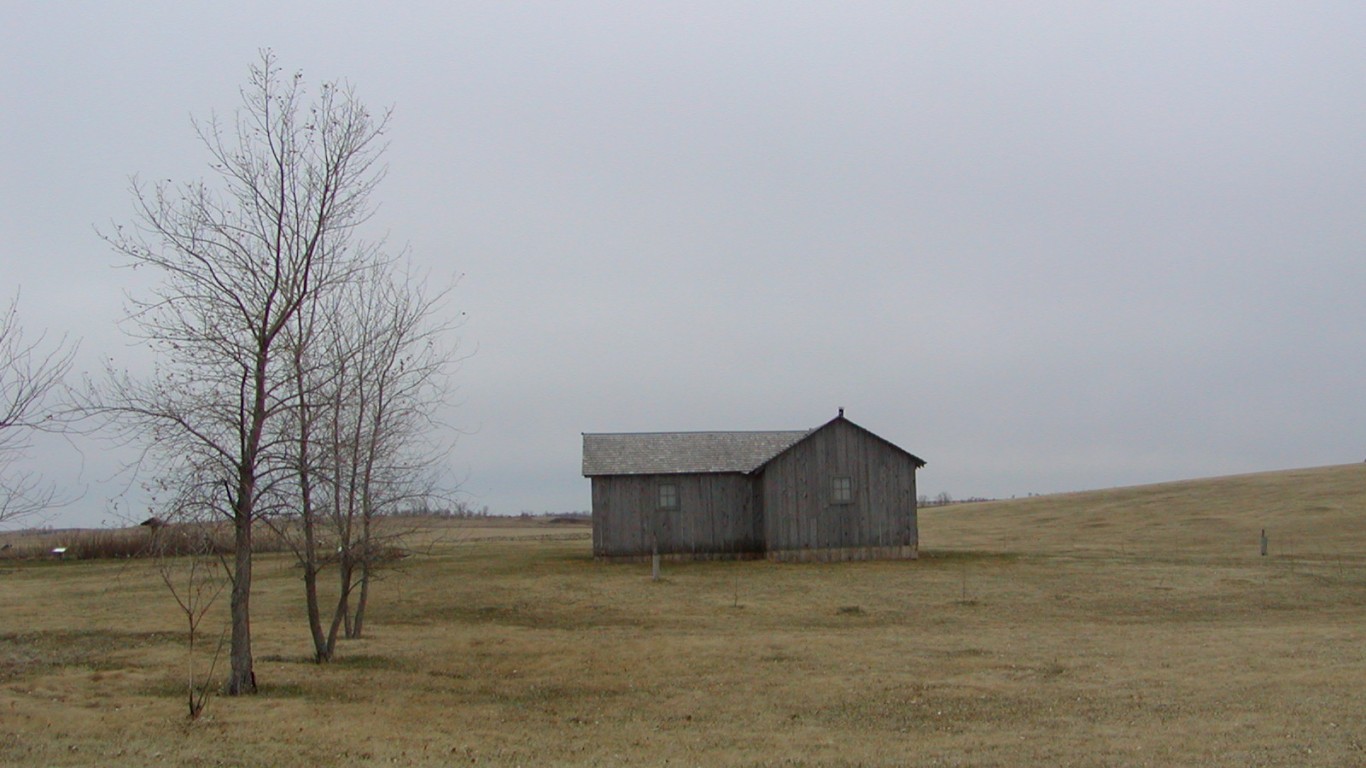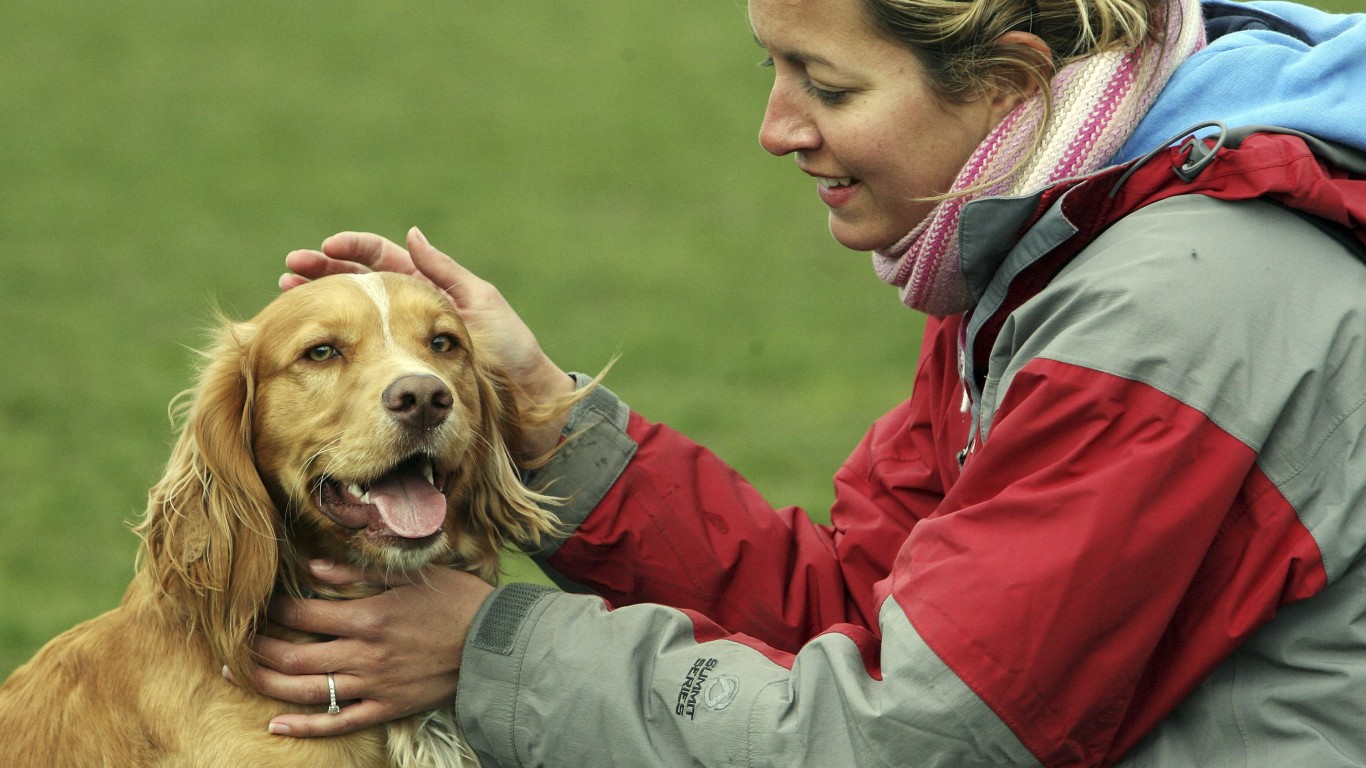
This post may contain links from our sponsors and affiliates, and Flywheel Publishing may receive
compensation for actions taken through them.
The pace of the spread of COVID-19 has slowed across America. Increases in daily fatal and confirmed cases are about half what they were seven weeks ago. Nevertheless, 556,487 Americans have died, which is about 20% of the world’s total. Confirmed cases have reached 30,613,592, or about 25% of the global number. Hospitalizations, which had reached over 100,000 during the peak wave, dropped into the thousands. However, the U.S. Department of Health & Human Services reports they have begun to rise again in 25 states.
The pace of the spread of the disease remains in part a race between vaccinations and the rising number of potentially dangerous variants. So far, 29% of the adult population has received at least one dose of vaccine and 16% are fully vaccinated. While the Pfizer and Moderna vaccines require two shots, the one from Johnson & Johnson requires just a single dose. According to The New York Times, 195,581,725 doses have been delivered in the United States and 150,273,292 of them have been administered.
Variants are among the dangers epidemiologist and public health officials worry about. At least one, first identified in the United Kingdom, could soon account for most new U.S. cases. The Centers for Disease Control and Prevention (CDC) currently tracks three variants for the public. They have been found in all 50 states, and a number of other variants have emerged that the CDC does not report on to the public.
Additionally, much of the country has “opened up,” and this has caused worries that there will be a fourth wave of the disease. Just two weeks ago, the nation’s newspapers were filled with reports of large college parties in Florida with hundreds of people in close proximity without masks. This kind of activity has led to public health officials predicting that fourth wave.
Measuring cases, hospitalizations and deaths per 100,000 people allows easier comparisons place to place. The New York Times uses this method to determine hotspots in an analysis it calls counties with the highest number of recent cases per resident. Its yardstick is new cases per 100,000 based on an average of the most recent seven days.
The county at the top of the New York Times hotspot list is Kingsbury County, South Dakota, with an index of 153. While the surge of the disease that made South Dakota among America’s hardest-hit states at the end of last year has ended, COVID-19 clearly has returned at a high level again.
Kingsbury County is in the eastern part of the state, near the border with Minnesota and north of Sioux Falls. It has a population of 4,939, and more than 94% of the residents are white. The median household income is $61,699, which is slightly below the national average. The 8.5% poverty rate is below the national number.
Click here to see which state is fighting COVID-19 most successfully.
Cash Back Credit Cards Have Never Been This Good
Credit card companies are at war, handing out free rewards and benefits to win the best customers. A good cash back card can be worth thousands of dollars a year in free money, not to mention other perks like travel, insurance, and access to fancy lounges. See our top picks for the best credit cards today. You won’t want to miss some of these offers.
Flywheel Publishing has partnered with CardRatings for our coverage of credit card products. Flywheel Publishing and CardRatings may receive a commission from card issuers.
Thank you for reading! Have some feedback for us?
Contact the 24/7 Wall St. editorial team.



